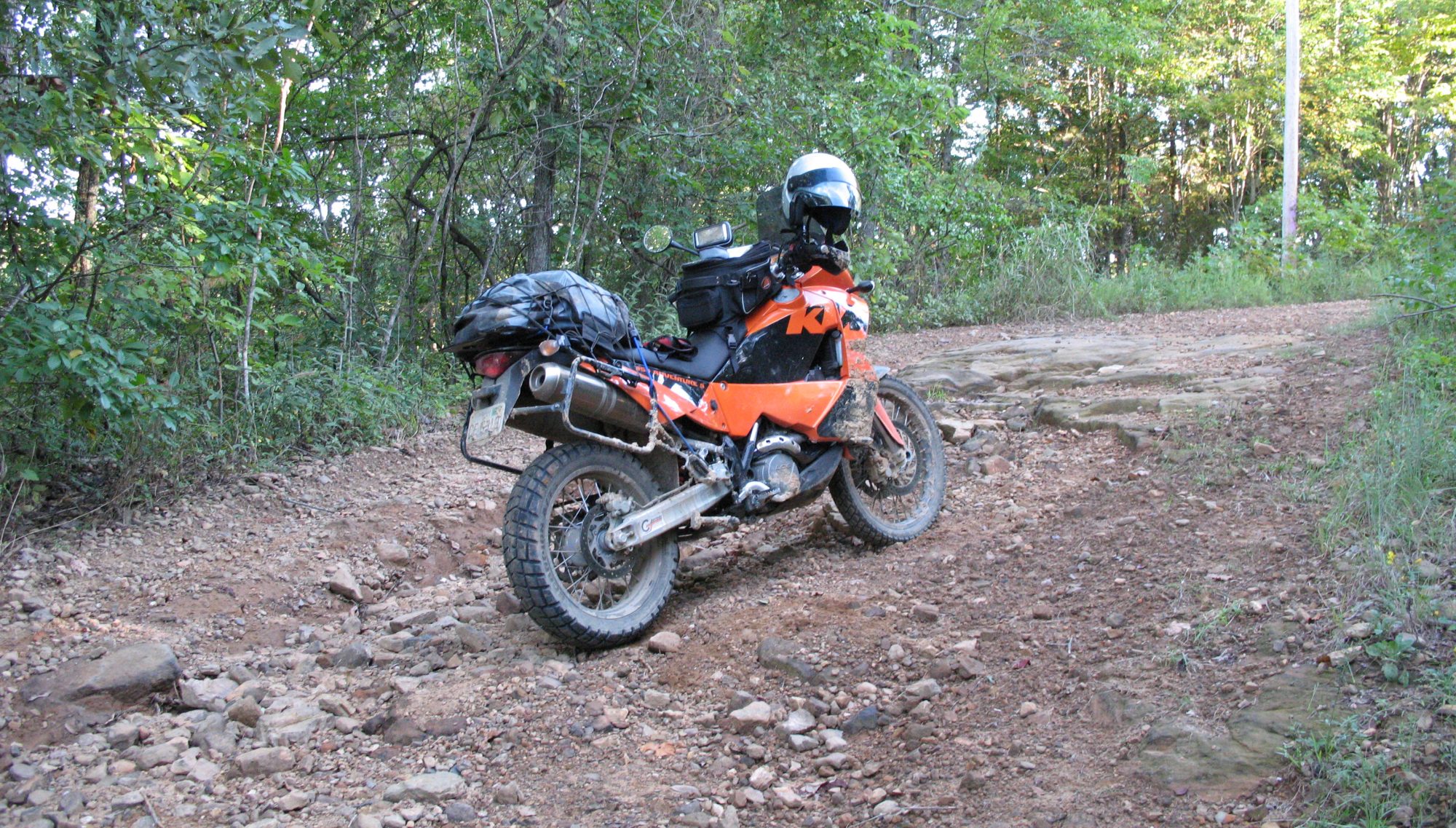The Masi build was finished, but there were some changes I felt were needed.
First, the Koolstop brake holders and pads just didn’t look right. I had picked up a set of Campagnolo replacement pads for the Chorus pad holders, but they slipped into the holders a little too easily. Rolling the bike back with the brakes applied would have probably slid the pads out of the holders – not good. A friend suggested that I look for Clark pads and I found them on ebay coming from the UK. Once they arrived, I found they fit the holders perfectly, and installed them. Then I swapped the Chorus holders and pads in place of the Koolstops, and we have Campagnolo braking bliss again.
Second, the tubulars on the Mavic GP4 rims were Yellow Jersey 3-fers, and I wanted top end tubulars for this bike. I picked up a set of Vittoria Corsa Speed G+ tubulars, and decided to use Effetto Mariposa tape to mount them. This would be my first set mounted with tape, I had used Panaracer glue on the YJ tubs the first time. The Effetto rim cleaner worked very well, and you could not tell that a tub had ever been mounted on the rims. The actual taping for the tubs was anticlimactic – it took less than 10 minutes per wheel. I left a small section of the rim untaped opposite the valve stem, to make it easier to remove the tub if an on-the-road swap was needed. Put the tape on, press it firmly onto the rim, and fold the plastic film over the edge of the rim. I used cellophane tape to hold the plastic film in place while I installed the tub. Add some air, up to about 40 psi or so, and straightened the tub so that it tracked as it should. Then you just pull the plastic film out, recheck the alignment, and add air up to 120psi. Let it sit at that pressure for a day or so and it’s done.
The latex tubes in the Vittoria tubs lose pressure after a few days, but I always top off the tires before every ride whether tubs or clinchers so that’s no real issue for me. They ride beautifully, making chip seal roads feel almost like fresh tarmac, except for the sound. After talking with more experienced riders, I decided to try higher pressures than I had been using – I’m at 95F and 110R now, and the performance is great. The Corsa Speed tubs are not renowned for their puncture resistance, but either I’ve been lucky this year or I’m careful where I ride (maybe a bit of both) and they’ve been fine.
